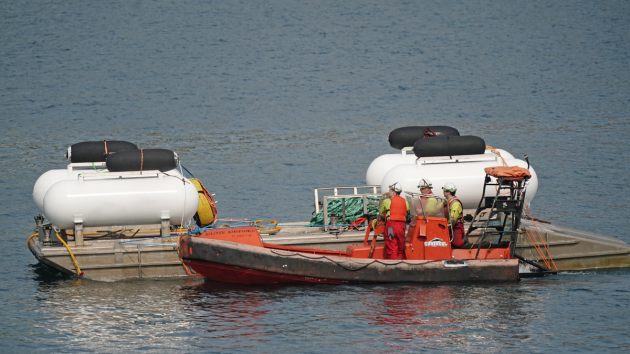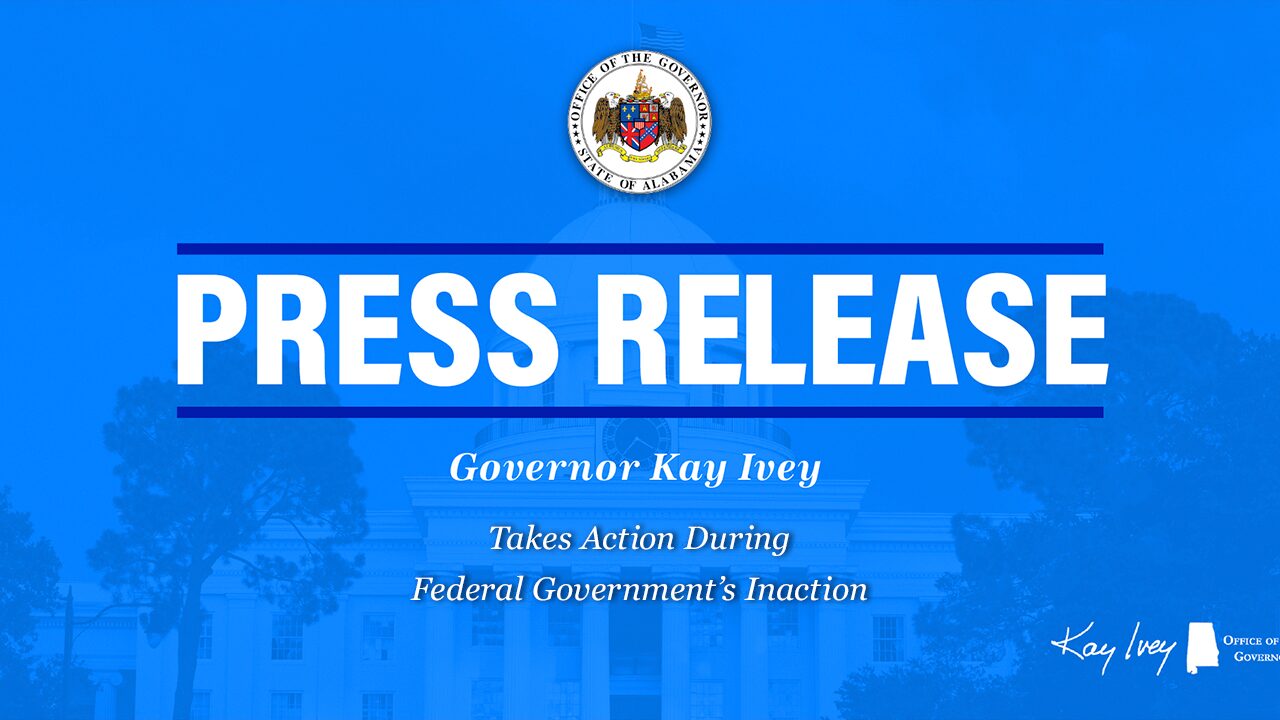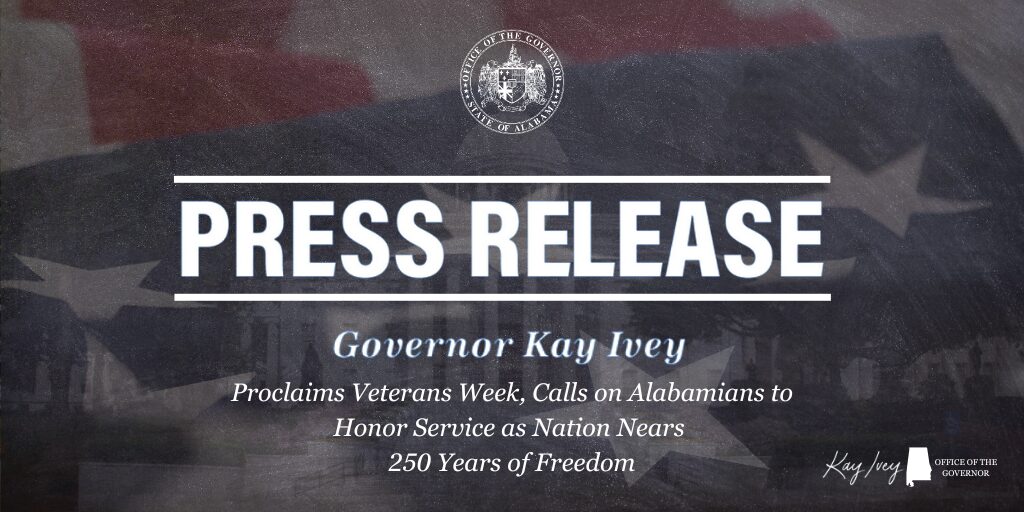
(NEW YORK) — The U.S. Coast Guard has released its final report on the catastrophic implosion of OceanGate’s Titan submersible, which killed five people on a deep-sea voyage to the Titanic wreckage in June 2023, criticizing the company’s CEO, Stockton Rush, and singling him out as a major reason for the disaster.
The 335-page report, released Tuesday, comes nearly a year after the Coast Guard’s Marine Board of Investigation held a two-week hearing into the unprecedented implosion of the experimental vessel.
Rush was warned repeatedly about how dangerous his submersible was and not only ignored all the warnings, but threatened anyone who raised concerns, according to the report released Tuesday. Many who spoke up were threatened with lawsuits or termination, it said.
“A false sense of safety and security was created by Mr. Rush through his misrepresentation of the TITAN’s safety, achieved by falsely claiming substantial safety margins, misleading mission specialists regarding testing procedures, and exaggerating the number of hull test dives for the final TITAN hull,” the report says.
Rush, the co-founder of OceanGate, was among those killed in the implosion. Had he survived, the Coast Guard’s investigative team would have recommended manslaughter charges to the DOJ, the report said.
“This marine casualty and the loss of five lives was preventable,” Jason Neubauer, Titan MBI chair, said in a statement about the report’s release. “The two-year investigation has identified multiple contributing factors that led to this tragedy, providing valuable lessons learned to prevent a future occurrence. There is a need for stronger oversight and clear options for operators who are exploring new concepts outside of the existing regulatory framework. I am optimistic the ROI’s findings and recommendations will help improve awareness of the risks and the importance of proper oversight while still providing a pathway for innovation.”
In addition to Rush, those killed in the June 2023 implosion included French explorer and Titanic expert Paul Henri Nargeolet, British businessman Hamish Harding, Pakistani businessman Shahzada Dawood and his 19-year-old son, Suleman.
The submersible company suspended all exploration and commercial operations after the deadly implosion.
In response to the report, OceanGate said in a statement, “We again offer our deepest condolences to the families of those who died on June 18, 2023, and to all those impacted by the tragedy. After the tragedy occurred, the company permanently wound down operations and directed its resources fully towards cooperating with the Coast Guard’s inquiry through its completion.”
The board heard from more than two dozen witnesses during its September 2024 hearing. They included several former employees of OceanGate.
The main purpose of the hearing was to uncover the facts related to the implosion — including the submersible’s design, operation and safety protocols — to help determine the cause of the incident and make recommendations to prevent similar casualties. The board also set out to determine if there was any evidence of misconduct, negligence or violations by anyone licensed or certified.
The report also singles out OceanGate’s “inadequate design, certification, maintenance and inspection process for the Titan,” as was often highlighted during the board hearing last year.
“OceanGate’s toxic safety culture, corporate structure, and operational practices were critically flawed and at the core of these failures were glaring disparities between their written safety protocols and their actual practices,” the report says.
Ahead of the report’s release, the Coast Guard said in June that its Marine Board of Investigation was in the “final portion of its analysis phase” as part of its over two-year probe, and that the report would come out once the commandant’s review was completed.
The National Transportation Safety Board is also investigating the implosion and will make its own determination as to the probable cause. That investigation is ongoing. A final report is expected in the coming months.
The Coast Guard’s hearing last year revealed one of the last messages sent from Titan to the surface vessel Polar Prince as the doomed submersible descended toward the ocean floor.
The short text messages were the only means of communication between the Titan crew and the personnel on the Polar Prince as the vessel attempted to reach the Titanic, which sits 3,800 meters below sea level.
At approximately 2,274 meters, the Titan sent the message, “All good here,” according to an animation created by the Coast Guard that showed the text communications.
The last communication from the submersible was sent at approximately 3,341 meters: “Dropped two wts,” meaning drop weights, according to the Coast Guard.
All communications and tracking from the submersible to Polar Prince were lost at 3,346 meters, according to the Coast Guard.
Neubauer revealed during the hearing that the master of the Polar Prince told them that in hindsight, he believes he felt the ship “shudder” around the time when communications with the sub were lost.
The Coast Guard also released footage during the hearing that showed Titan debris, including the tail cone, aft dome, aft ring, hull remnants and carbon fiber debris, on the seafloor. The footage was from a remotely operated vehicle, which located the Titan debris approximately 500 meters from the bow of the Titanic following a four-day search.
The Coast Guard heard lengthy testimony from David Lochridge, the former director of marine operations for OceanGate, who had raised concerns about the Titan’s carbon fiber hull.
“I knew that hull would fail,” Lochridge said during the hearing. “It’s an absolute mess.”
He also testified that the company wasn’t interested in scientific research and only cared about making money, and that Rush “liked to do things on the cheap.”
Lochridge said he was fired days after he submitted a report in January 2018 outlining his safety concerns about the submersible’s carbon-fiber hull, including imperfections, and he subsequently filed a complaint with the Occupational Safety and Health Administration. His whistleblower retaliation case was closed in late 2018 after he and OceanGate entered a settlement agreement in their respective lawsuits, OSHA said. Lochridge’s safety allegations regarding the Titan were referred to the Coast Guard, OSHA said.
Issues and concerns with the Titan and its transport were revisited in testimony throughout the hearing.
In 2022, the thruster controls malfunctioned and caused the vessel to spin once it reached the Titanic depth, though the pilot was able to retrain it himself and they completed the dive. In another dive that year, a loud bang was heard as the Titan ascended. The NTSB determined that the hull’s strain response changed after this loud bang incident in subsequent dives, an agency official testified.
In 2023, the Titan partially sank four weeks before the implosion following a night of high seas and fog, according to the Coast Guard. Days before the implosion, passengers slammed against the vessel during resurfacing when the platform malfunctioned.
One former OceanGate employee testified that there were also concerns about having to tow the sub on the open seas when they switched to using the Polar Prince in 2023.
The Titan had 70 equipment issues in 2021 that needed correcting, and 48 more in 2022, according to the Coast Guard.
The submersible made 13 successful dives to the Titanic wreckage until its fatal implosion.
Copyright © 2025, ABC Audio. All rights reserved.





